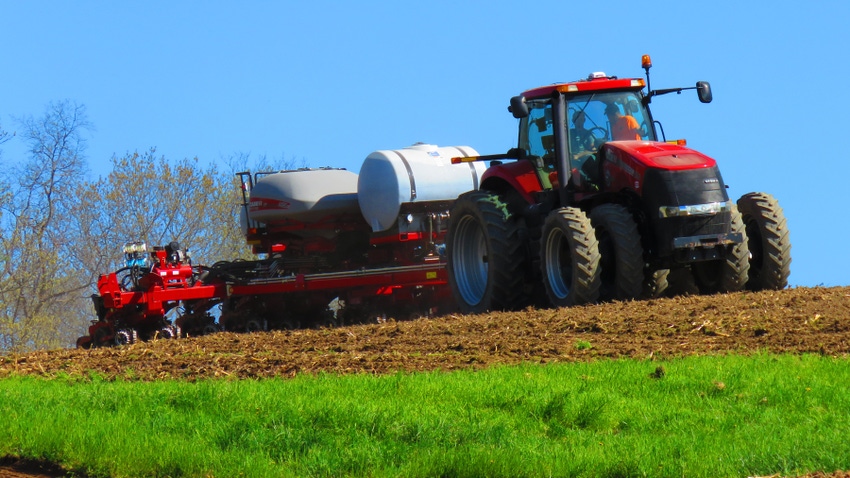March 17, 2023

Spring has arrived (unofficially) in western Pennsylvania. Whether it is the children on the playground near the local elementary school or the tractors heading to the fields, it’s a great time of year.
Farmers will soon be working around the clock, preparing fields and getting seeds in the ground at the optimum time for the best harvest in fall.
Oh, but then it rains — a gully washer. Farmers stand in the doorway of their machinery sheds, watching and waiting to see what happens, wondering how soon they can get back in the fields.
Most of the fields around our place have been ditched and planted with cover crops. The farmer who tends the fields will be on them much sooner than they would have been in the past. Remember the days of the moldboard plow? The farmer made at least two more passes over the fields before the planter could place the seeds. It would have taken much longer to get back on the fields after a hard rain.
We talk about modern technology all the time, but farmers these days are working smarter instead of harder. They have learned to take advantage of the research that has proved minimum tillage with cover crops nurtures the soil and provides benefits to them.
I remember several years ago when a friend asked my husband why farmers were planting after harvest. They were recalling the days of brown fields during winters of the past. I found it encouraging that this friend had noticed the change and was willing to ask about the cover crops they were seeing.
As I was thinking about writing this column, I thought of my farmer friend Nikole Stuchal, who farms with her husband, Cory, and their crew at Stuchal Farms in Harrisville, Pa. She is a talented photographer who documents their farm activities through her camera lens. She contributed the planting photo here. I expect to see her out and about in the fields that surround our house this planting season.
The wheat fields from last summer are gone, and corn will be planted in its place. I enjoy watching the changing of the crops from year to year.
Here around our homestead, the flowers are already starting to appear. I am looking forward to the purple, yellow and salmon irises, and the peony by the mailbox. The daffodils are fading fast as other flowers take their place.
I can only imagine what farm wives are thinking of during growing season. They will likely be busy trying to think of hardy meals that can be put on the table in 10 minutes or can be kept warm for two hours. You never can be sure when the field crew will be in to eat. I remember taking meals to the field, but that was usually during hay-baling season.
Farmers have lots of decisions to make. Dairy folks want hay with the best nutrients for their cows. That means cutting hay at its prime. Weather and other chores often make this nearly impossible, but dairy farmers continue to make the effort.
This most important thing during this intense season is to be careful. In many cases you know how to avoid accidents, so don’t take that foolish chance to save 30 seconds and end up at the emergency room or worse. Make this a safe planting season on your farm.
About the Author(s)
You May Also Like






